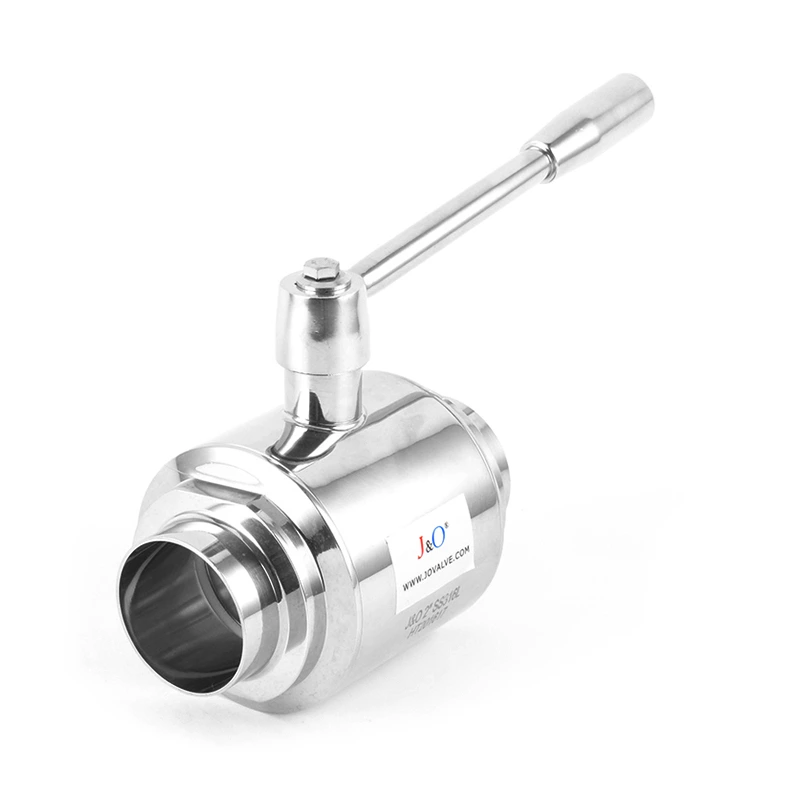Number Of Flange Holes For Each Type Of Sanitary Valve
The number of holes in a Sanitary Valve on the valve type.
The number of holes in a valve flange varies significantly across valve types. The number of holes in a gate valve's flange is typically determined by its diameter. The number of holes in a globe valve's flange is based on factors such as the design pressure. The number of holes in a ball valve's flange is related to its nominal diameter. The number of holes in a butterfly valve's flange has specific standards within a certain range. Small gate valves may have relatively few holes. Large globe valves often have more holes. High-pressure ball valves have stricter design requirements for the number of holes in their flange.
The number of holes in a low-pressure butterfly valve's flange is more flexible. The number of holes in a cast iron valve's flange has specific specifications. The number of holes in a stainless steel valve's flange is affected by the material's properties. The number of holes in a threaded valve's flange has unique specifications. The number of holes in a welded valve's flange has different considerations. The number of holes in valve flanges in the chemical industry prioritizes corrosion resistance. The number of holes in valve flanges in the power industry is related to safety. The number of holes in valve flanges in oil pipelines must adapt to the characteristics of the medium. The number of flange holes in building water supply and drainage valves is designed for ease of installation. Fire valves have strict safety standards for the number of flange holes.
The number of flange holes in control valves must meet regulation accuracy requirements. The number of flange holes in steam traps is designed based on drainage capacity. The number of flange holes in safety valves ensures trip sensitivity. The number of flange holes in electric valves is coordinated with the drive device. The number of flange holes in pneumatic valves adapts to the air source pressure. The number of flange holes in valves meeting the American Standard differs significantly from the Chinese Standard. The number of flange holes in valves meeting the Japanese Standard follows the national standards. There are specific requirements for the number of flange holes in valves with a nominal pressure of 1.0 MPa. There are corresponding values for the number of flange holes in valves with a nominal diameter of 50 mm. Wafer-type valves offer a more compact design for the number of flange holes.
Flange-type valves offer a wider range of flange hole specifications. The number of flange holes in high-temperature valves takes thermal expansion into account. The number of flange holes in low-temperature valves prioritizes sealing performance. The number of flange holes in diaphragm valves is related to the diaphragm material. The number of flange holes in plug valves is determined based on flow requirements. The number of flange holes in sanitary valves facilitates cleaning and maintenance. The number of flange holes in industrial valves adheres to relevant industry standards. The number of flange holes in household valves tends to be simple and practical. The number of flange holes in quick-install valves facilitates quick assembly. The number of flange holes in custom valves is designed based on customer requirements. Standard valves have a standardized dimension chart for the number of flange holes.
The design objectives for the number of flange holes in each valve type vary. Accurately determining the number of flange holes in a valve is crucial for optimal application.
